Residence Museum > East Asian Collection
Main information:
Residence Museum
East Asian Collection – Fragile treasures from the other side of the world (Rooms 15-21)
The Wittelsbachs’ collection of Far Eastern art consists of over 500 pieces of East Asian porcelain and some lacquered items. Most of the exhibits were acquired in around 1700 by Elector Max Emanuel.
The oldest porcelain items in the Residence are the blue-and-white Chinese bowls and plates from the Ming dynasty, which date from around 1600. The collection also includes Japanese porcelain and Chinese Imari porcelain, which was based on Japanese models and produced specially for the European market. The numerous items with mounts of fire-gilt bronze are a particular highlight. The mounts were made in France and increase the preciousness of the porcelain.
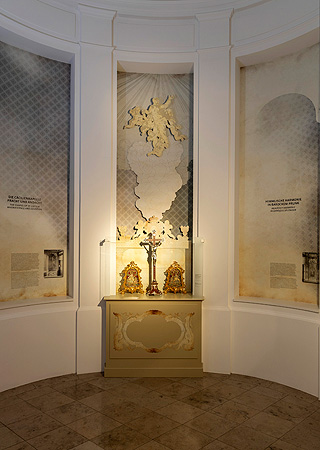
St Cecilia’s Chapel (Room 18)
This small chapel was built from 1693 for Elector Max Emanuel (r. 1679-1726) next to his ‘Dutch Cabinet’ (named after the Asian porcelain presented here that the elector obtained via the Netherlands).
Here the court architect Zuccalli created an early example of the domed churches with an oval floorplan that subsequently became so popular throughout southern Germany in the 18th century, echoing the magnificent designs of the papal architects Bernini and Borromini in Baroque Rome.
Much of the first interior was destroyed in 1729 by a devastating fire in the Residence. It was not until 1756, under Max III Joseph (r. 1745-1777), that a new interior was completed. The private elector’s chapel was destroyed again in 1944 and restored with neutral walls in 1966.
Since 2024 the preserved Rococo chapel inventory has been presented against a depiction of the lost wall decoration.

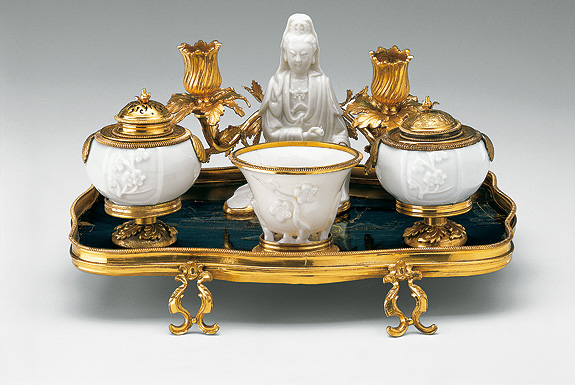
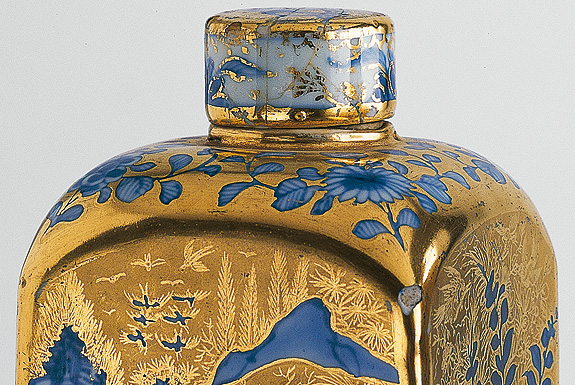
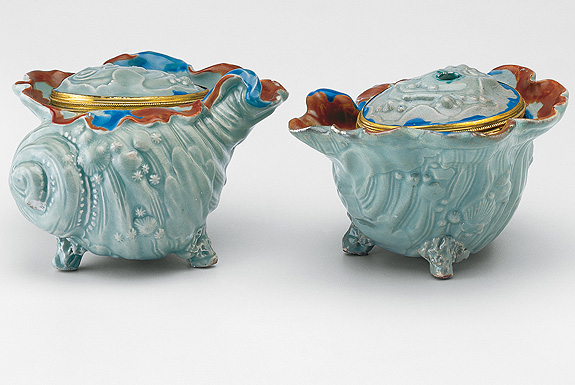
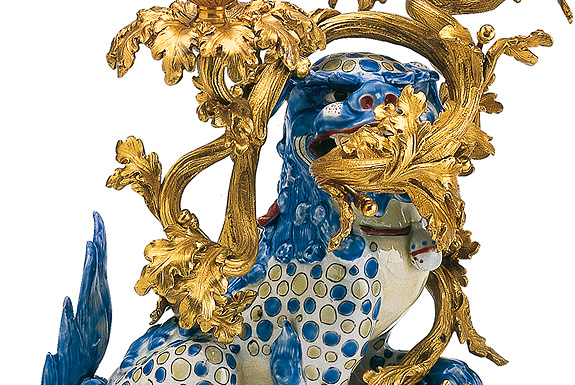
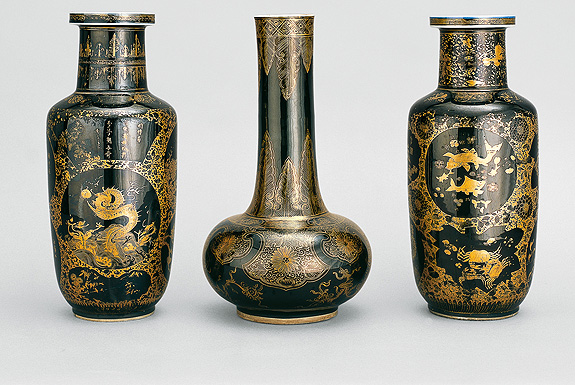
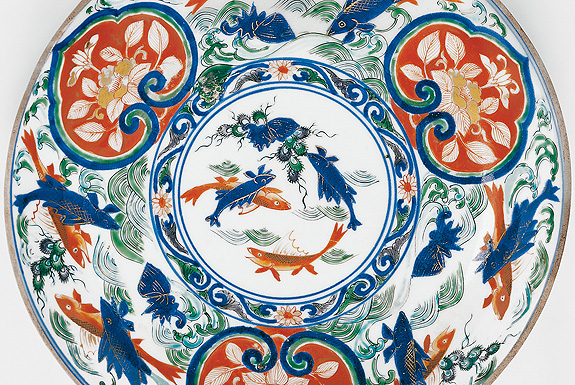
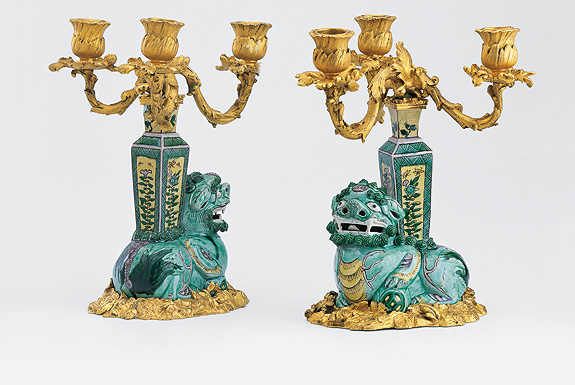
Facebook Instagram YouTube